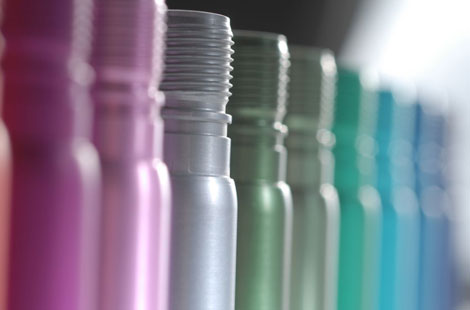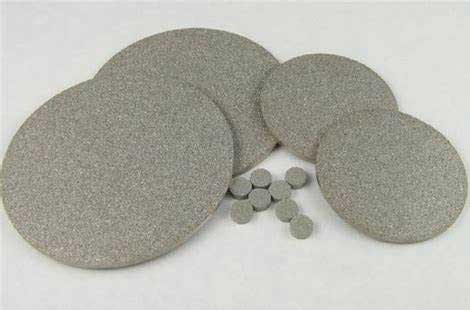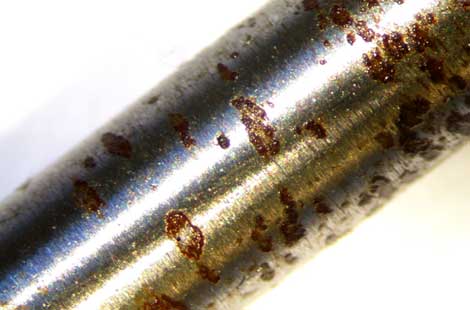What is PVD Coating?

PVD coating is a technique in which a solid material is converted into its vapour phase to coat another material. The process turns the solid material (called the target or sputtering target) into vapor. It then condenses to cover the other material known as the work-piece.
PVD coating has many processes. Each process has a unique procedure for coating the work-piece. The most popular PVD processes are Evaporative Deposition and Sputter Deposition. All the processes lead to a thin film later on in the work-piece.
Benefits of PVD Coating
PVD coating is a popular strategy due to its unique qualities. Here are certain benefits you’d experience.
Durability and Reliability
Materials coated using the PVD techniques are made to last forever. The rigid character, corrosion-resistance, and abrasion-resistance make it impossible to wear out or fade when material under its coating is well maintained.
Compatibility
You can coat a lot of materials using the PVD coating technique.
Low Maintenance
Materials coated using the technique has a higher resistance to various environmental factors. They are corrosion resistant, abrasion resistant, durable, etc.
Beautiful appearance
You get to enjoy many colors, finishes, etc., making the work-piece a beautiful appearance.
Environmental Friendliness
PVD Coating is environmentally friendly. PVD coating processes wouldn’t release bad chemicals or air into the atmosphere as the other forms such as electroplating do.
The Application of PVD Coating
- Consumer Goods and Sporting Equipment
- Automotive industry
- Communication and Electronics
- Architectural Decoration Application
- Bathroom and Kitchen Accessories
- Home Hardware and Appliances
- LED and Glass
- Various of Tools and Hardware



